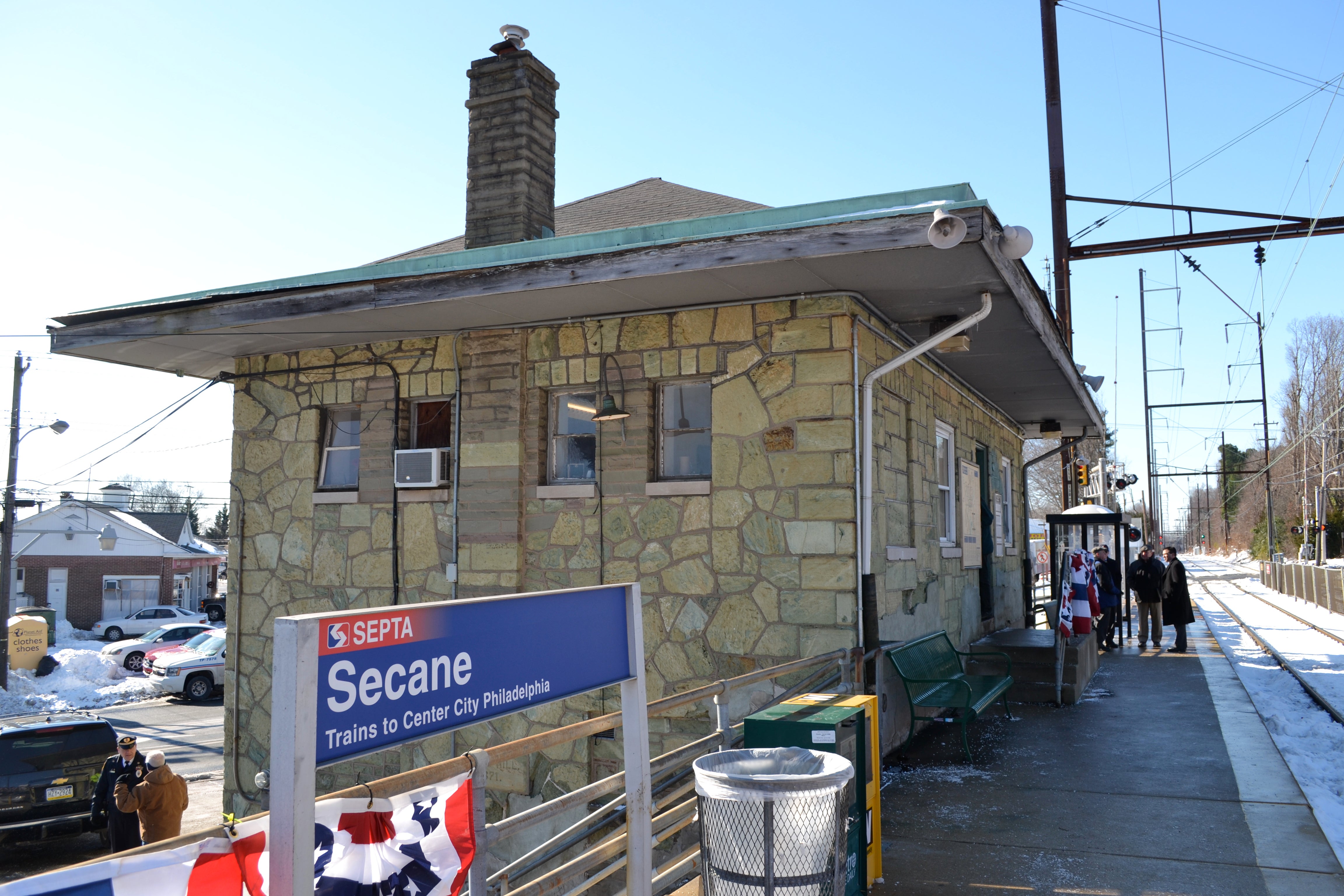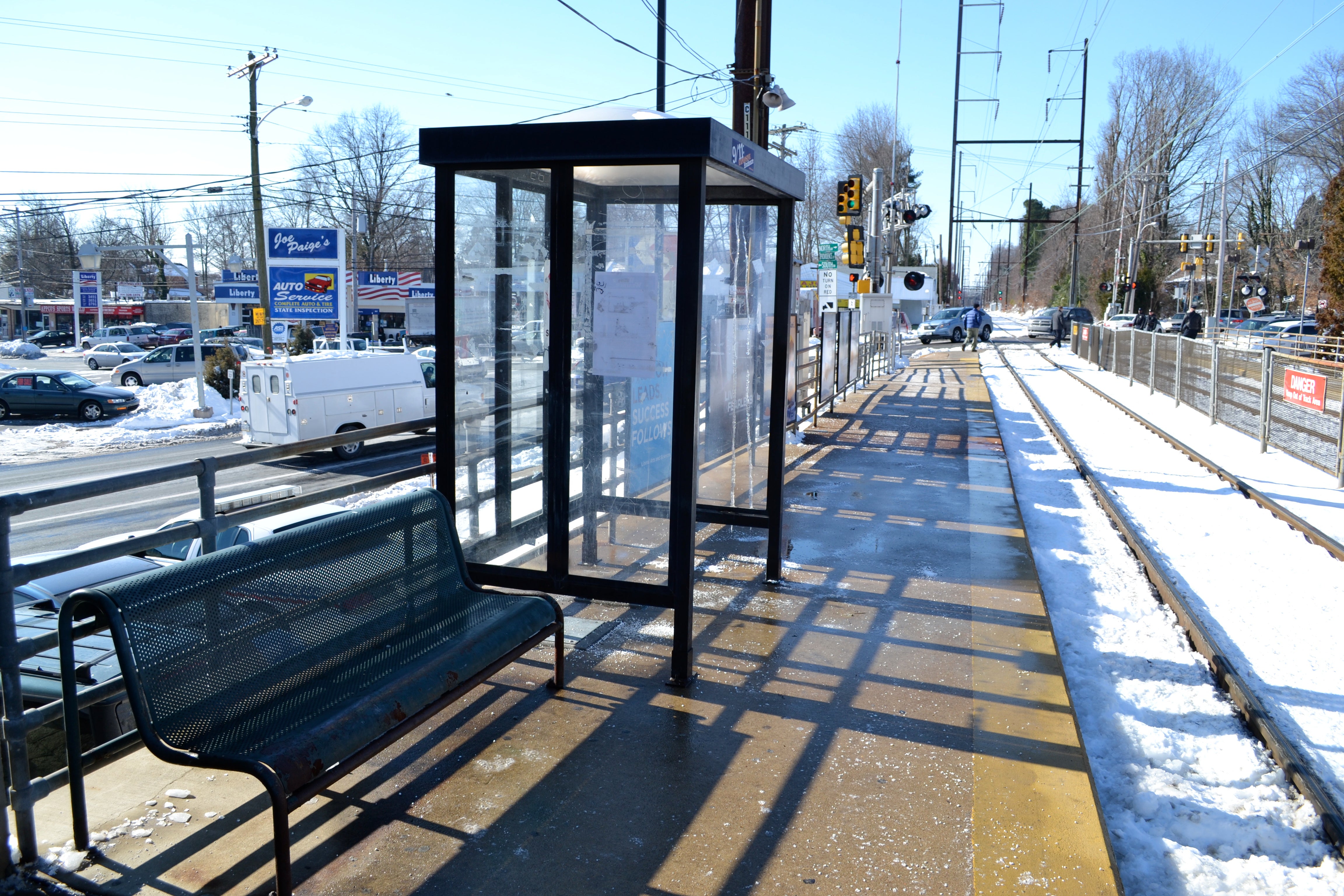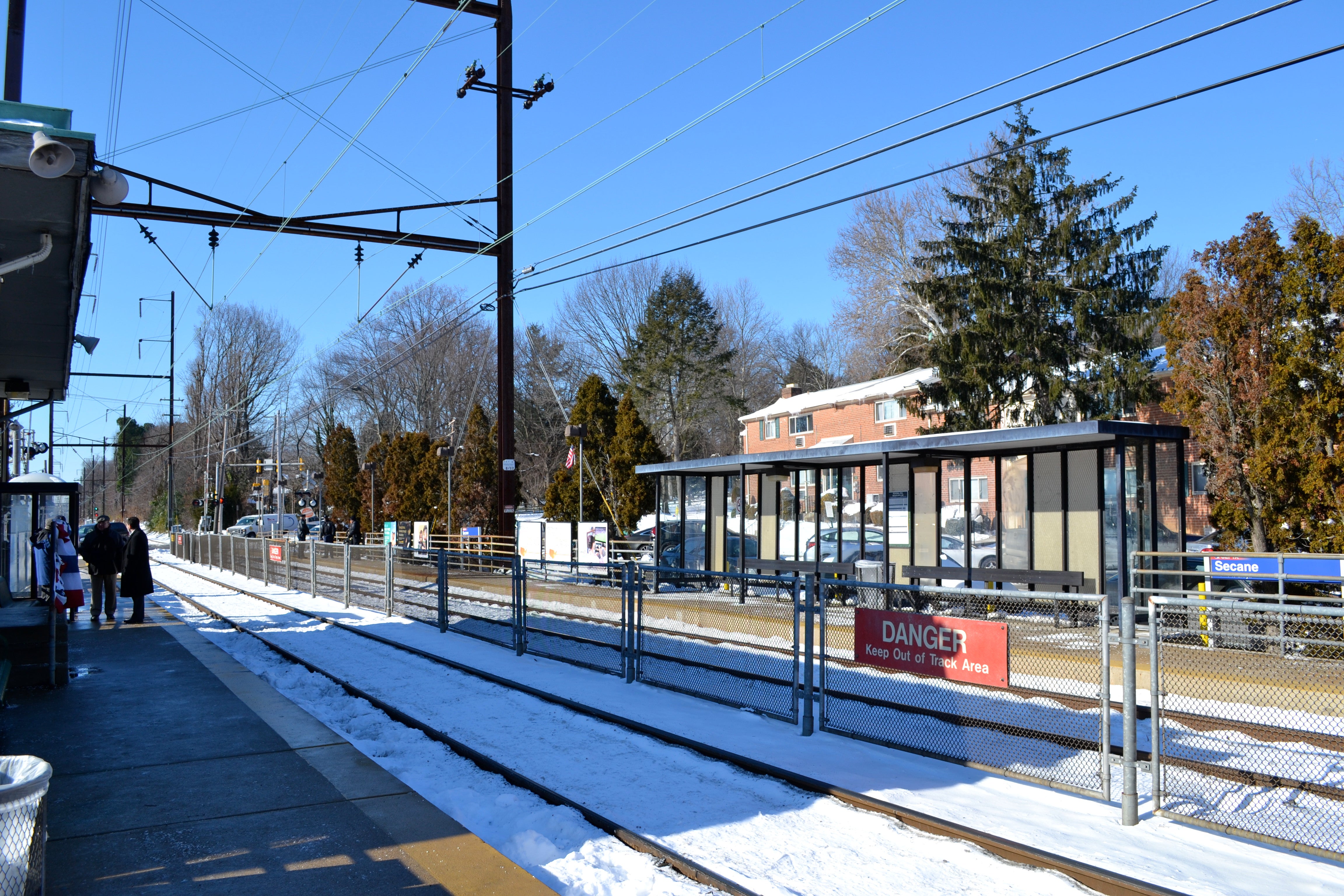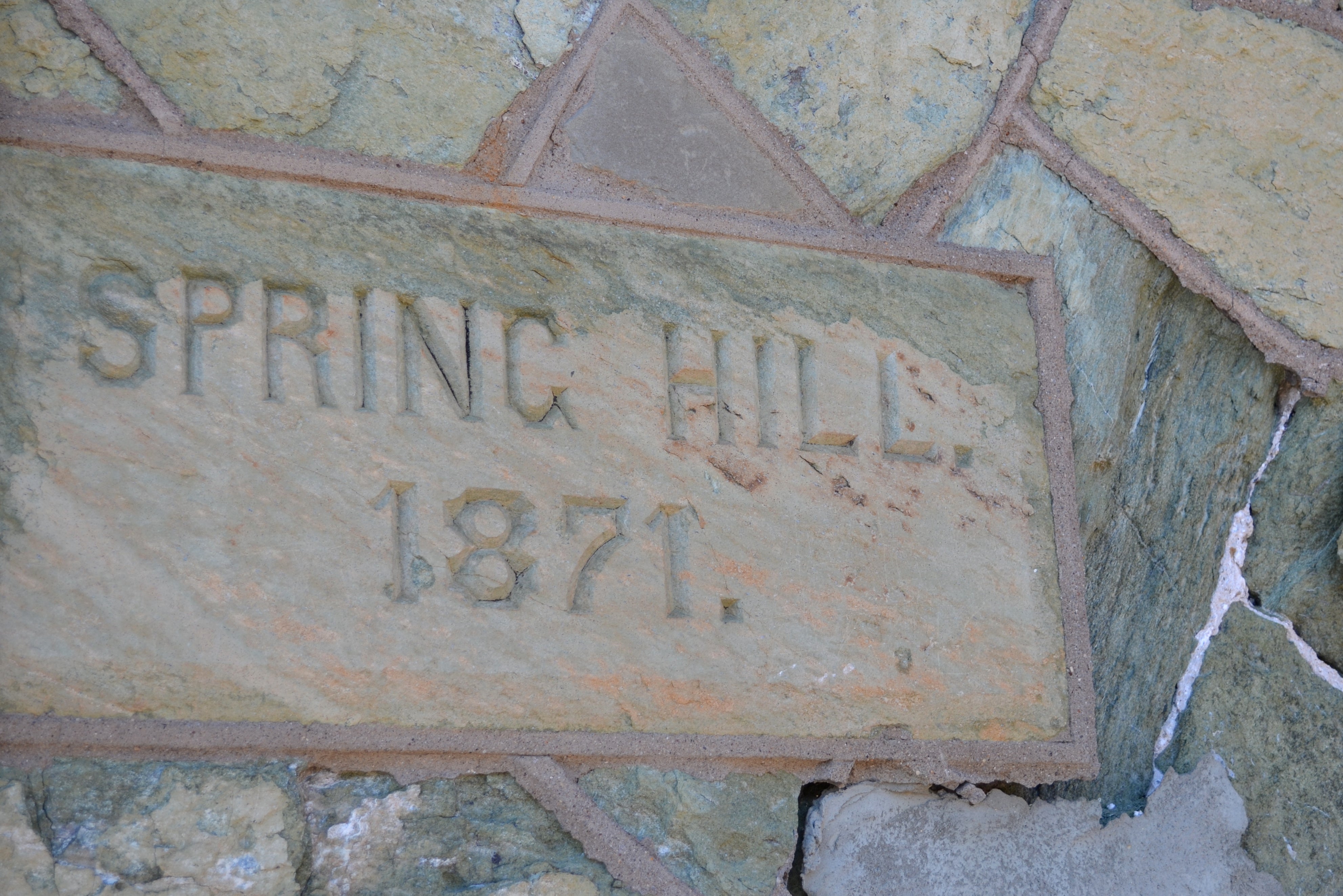SEPTA, state officials laud transportation funding, kick off improvements

SEPTA and state officials, including Governor Tom Corbett, came together at Secane Station to congratulate each other on successfully passing the recent state transportation funding legislation and to announce a $990,000 Secane Parking Expansion Project.
This past fall, the state passed Act 89, which will provide $2.3 billion to state transportation funding projects over the next five years. Returning after the new year, officials are now working out exactly what that funding will mean for the SEPTA network.
“I’d like to go back in time just about a year ago,” said SEPTA Board Chairman Pat Deon, Sr. “… We were in our board meeting. We were literally talking about closing stations, shutting down service, curtailing service all through the system, which would have affected millions of people, millions of riders.”
Officials were singing a different tune, Friday, as they thanked each other for supporting the transportation funding legislation and detailed the impact the new funding will have.
At Secane Station in Clifton Heights, Pa., the funding will allow for parking expansion improvements, which will include 60 additional spaces, improved traffic flow around the station, ADA compliant parking stalls and more. This work is expected to begin in the spring of 2014 and will benefit some of the nearly 11,000 riders who use the Media/Elwyn Regional Rail Line each day.
Parking expansion projects like this are one way that SEPTA is looking to accommodate its growing regional rail ridership, which took a record 36 million trips last year and has grown by 50 percent in the last 15 years. Many station parking lots cannot meet that demand.
In 2015, following the Secane Station parking expansion, SEPTA will embark on a $21 million station reconstruction project. That undertaking will build a new station building with waiting and restrooms and will refurbish the exterior of the existing station building, which dates back to 1871 when it was known as the Spring Hill Station. Other improvements will include ADA accessibility upgrades, new high level platforms with canopies and shelters and a pedestrian tunnel between inbound and outbound trains.
This type of work will become increasingly common as SEPTA awards $700 million to capital improvements over the next few years – a feat that is made possible by the Act 89 funding.
On the Media/Elwyn Line, SEPTA will also move forward with projects to replace bridge timbers, improve structural safety on the Darby Creek, Cobbs Creek and Ridley Creek viaducts, prepare for the full replacement of the Crum Creek Viaduct and overhaul 1930s era substations, including the Morton and Lenni facilities.
In regard to the substation overhauls, Pa. State Rep. William Adolph, Jr. said, “I don’t think we’re throwing money down the tubes. The technology has improved just a little bit since 1928.”
Officials also discussed the regional importance of Act 89.
The legislation “is going to [create] 60,000 new jobs in Pennsylvania, and I don’t think that should be overlooked,” Adolph said. “60,000 new jobs.
Deon agreed and spoke to the long term importance of SEPTA’s network.
“It’s just so important to have this system here for job creation, for the generation it does for taxes and benefits for this region,” he said.
Governor Corbett, who recently spoke at the announcement of Comcast’s new Innovation and Technology Center, called Center City “the heart of the region,” and said, “If you’re going to have a heart, you have to have the arteries.”
Without a thriving transportation network, he said, the arteries would be clogged.
WHYY is your source for fact-based, in-depth journalism and information. As a nonprofit organization, we rely on financial support from readers like you. Please give today.









